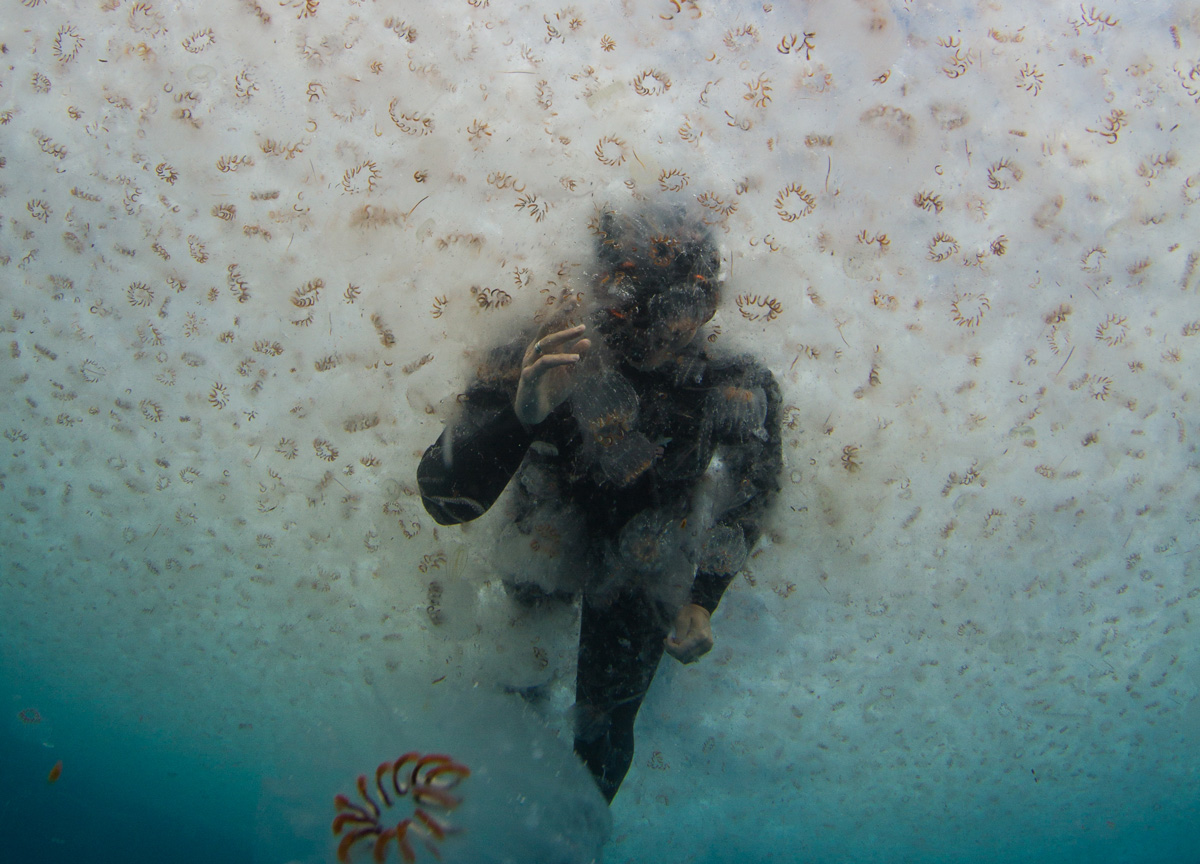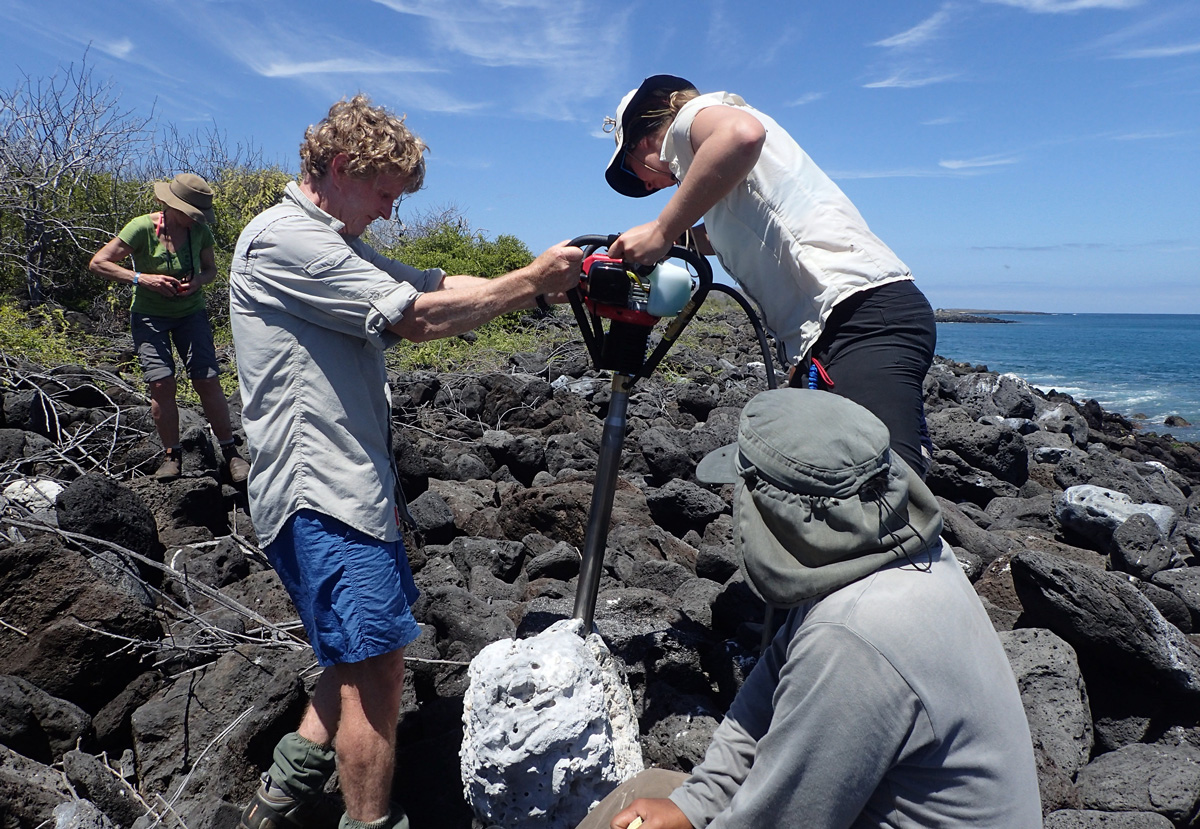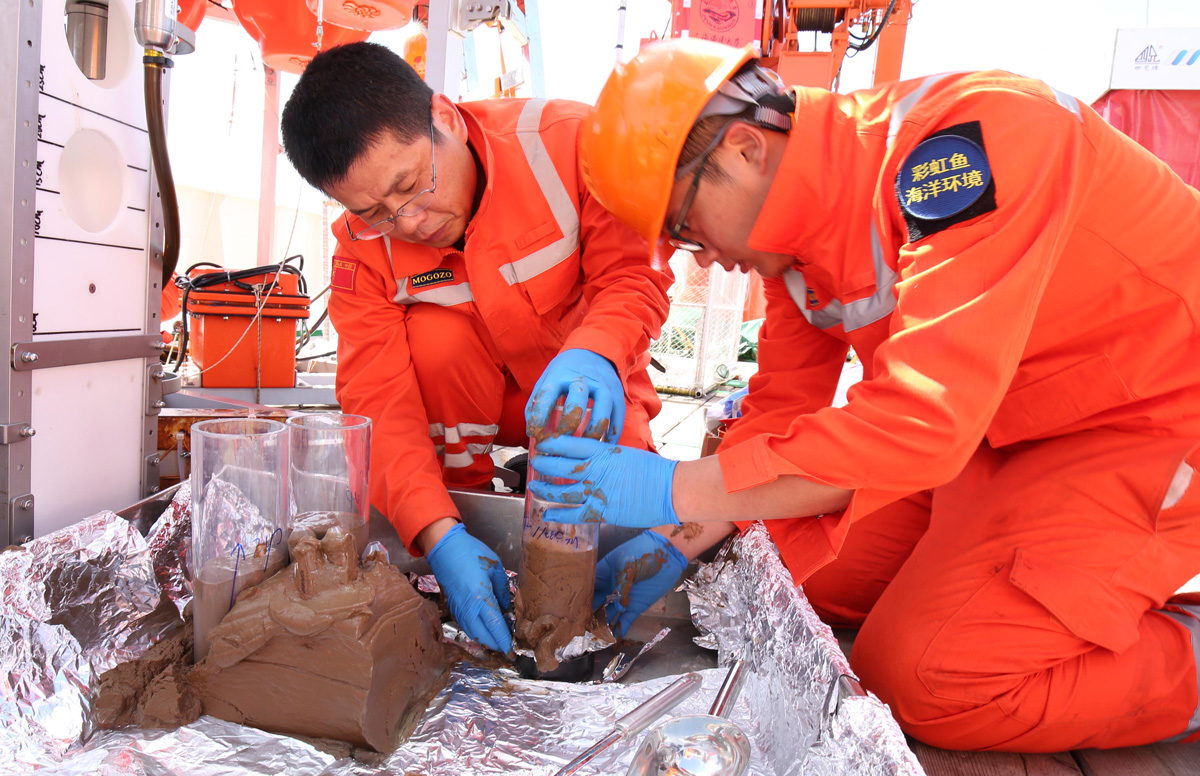New research reveals that blooms of the widespread gelatinous zooplankton—along with their feces, daily vertical migrations, and carcasses—increase marine carbon export.
Pacific Ocean
Differential Evolution of the Pacific Oxygen Minimum Zones
The latest generation of Earth System models simulate an expansion of the oxygen minimum zones in the Pacific, but their inner core, where oxygen levels drop to near zero, contracts in the future.
El Niño Varies More Intensely Now Than in the Past Millennium
Researchers found evidence for a strengthening El Niño in living and fossilized Galápagos corals.
Social Media Posts Reveal Human Responses to Deadly Tongan Eruption
Quantifying human responses to natural disasters could improve preparation for future threats, scientists say.
In the Deepest Ocean Reaches, a Potent Pollutant Comes to Rest
Surprising amounts of mercury settling into deep-sea trenches may provide a fuller picture of the metal’s path through the environment, but pulling it to the surface is no easy feat.
Respiration Quotient Variability and Ocean Oxygen Levels
Respiration quotients in the Atlantic and Pacific Oceans reflect different water temperature, nutrient stress and phytoplankton community structure, important for regional carbon and oxygen cycling.
Scientists Tune In to Blue Whale Feeding Rhythms
New acoustic sensing technology is allowing scientists to track blue whale movements in real time, a breakthrough that could help save whales’ lives.
Asian Dust Flux into Philippine Sea Increased During Miocene
A new deep sea dust record from the Philippine Sea, when added to evidence from the NW Pacific, suggests how dust may record a change in dustiness or the position of wind transport.
中新世输入菲律宾海的亚洲风尘增加
一项来自菲律宾海的新的深海风尘记录,结合西北太平洋已有记录的对比,展示了海洋风尘沉积如何记录大气粉尘通量或风力传输路径的变化。
Seismic Sources in the Aleutian Cradle of Tsunamis
Research over the past decade in Alaska’s Aleutian Islands has offered surprising insights into the pulses of great earthquakes that generate dangerous, often long-distance tsunamis.










